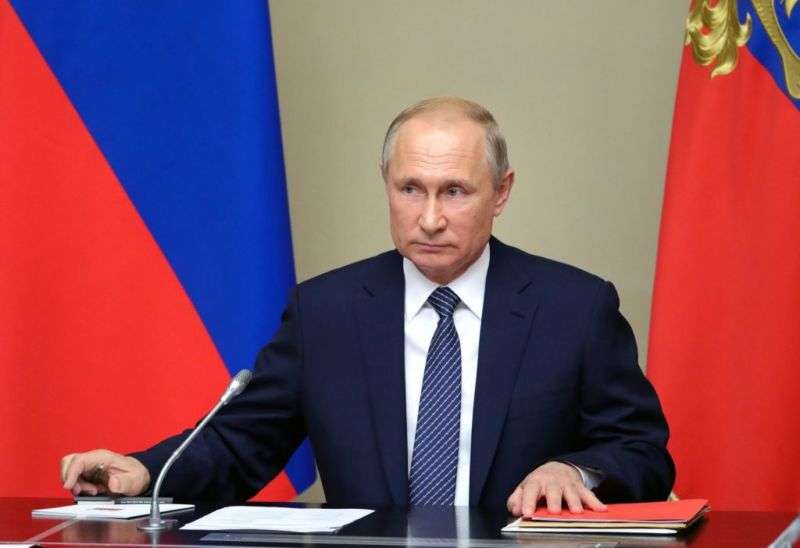
Russian nuclear-powered cruise missile blows up, creating “mini-Chernobyl”

On August 8, during testing aboard a barge in the White Sea near Nyonoksa, Russia, the nuclear engine of an experimental nuclear-armed cruise missile exploded, killing two technicians and injuring six others. On August 11, officials of the Russian nuclear agency Rosatom acknowledged that five employees had died in the explosion of what they described as “an isotopic power source for a liquid engine installation.” The head of the nuclear research center, Valentin Kostyukov, called the five “national heroes.”
As of today, it is believed that the death toll has risen to seven. The victims were described as suffering from burns, and most were thrown into the sea by the explosion; they all likely suffered from radiation burns.
The nuclear-powered cruise-missile program was announced by Russian Federation President Vladimir Putin on March 1, 2018, during an address to the Federal Assembly. Putin described the weapon as a nuclear-powered, nuclear-armed cruise missile with essentially unlimited range, intended to defeat any ballistic missile defenses deployed by the United States.
Along with the Poseidon nuclear-powered torpedo, the missile—since named the 9M730 Burevestnik (“Petrel”)—was a response to the United States’ departure from the Anti-Ballistic Missile Treaty and the continued development of ballistic missile defenses. Those defenses include the deployment of the US Navy’s Aegis anti-ballistic missile capabilities ashore in Romania and planned future deployment in Poland.
The Burevestnik (which NATO reports under the name of SSC-X-9 “Skyfall”) has been undergoing testing at Nyonoksa, in Russia’s far-northern Arkhangelsk Oblast, since at least January of this year. Nyonoska has been the site of testing for submarine-launched ballistic missiles and other naval missiles since the 1960s and is near Severodvinsk—home to the shipyard where Russia’s last aircraft carrier, the Admiral Kuznetsov, was severely damaged in a floating drydock accident. It is also the home to one of Russia’s nuclear-submarine shipyards, where the mothership for the Poseidon torpedo was recently launched. The accident caused a 30-minute spike in radiation levels detected in Severodvinsk.
Déjà vu all over again
Rosatom officials’ description of the engine as “an isotopic power source for a liquid engine installation” is a fairly oblique reference to a nuclear-missile engine. But as the opposition paper Novaya Gazeta pointed out, “This is a fairly precise description of Burevestnik’s nuclear powerplant.” The Burevestnik’s propulsion is, according to Novaya Gazeta and other sources, a nuclear scramjet much like that originally envisioned for the US military’s SLAM program of the early 1960s. That effort, which aimed at building a hypersonic cruise missile capable of dropping multiple warheads while flying at low altitude, was shut down by the Kennedy administration because the weapon was seen as too provocative.
Unlike SLAM’s Tory nuclear engine, which relied on air passing directly through the nuclear core of the engine, the Burevestnik’s engine uses a liquid metal to both cool the reactor and transfer the heat to air passing through the scramjet. The US researched the use of metal and salt-cooled reactors for nuclear-powered jets and space-based nuclear reactors in the 1950s, but Russia soon took the lead, first deploying a lead-bismuth cooled reactor aboard the K-27 experimental submarine, launched in 1962.
Even with isolation of the nuclear reactor from direct contact with the air, however, the exhaust of such an engine would inevitably include some nuclear contamination—which is why Russia has been testing the Burevestnik offshore. It would be, as Novaya Gazeta described it, a “small flying Chernobyl.”
The five killed in the accident—Evgeny Koratayev, Vyacheslav Lipshev, Sergei Pichugin, Alexei Vyushin, and Vladislav Yanovsky—have been posthumously awarded unnamed state honors.
Translation of Novaya Gazeta provided by Robinson Mitchell




